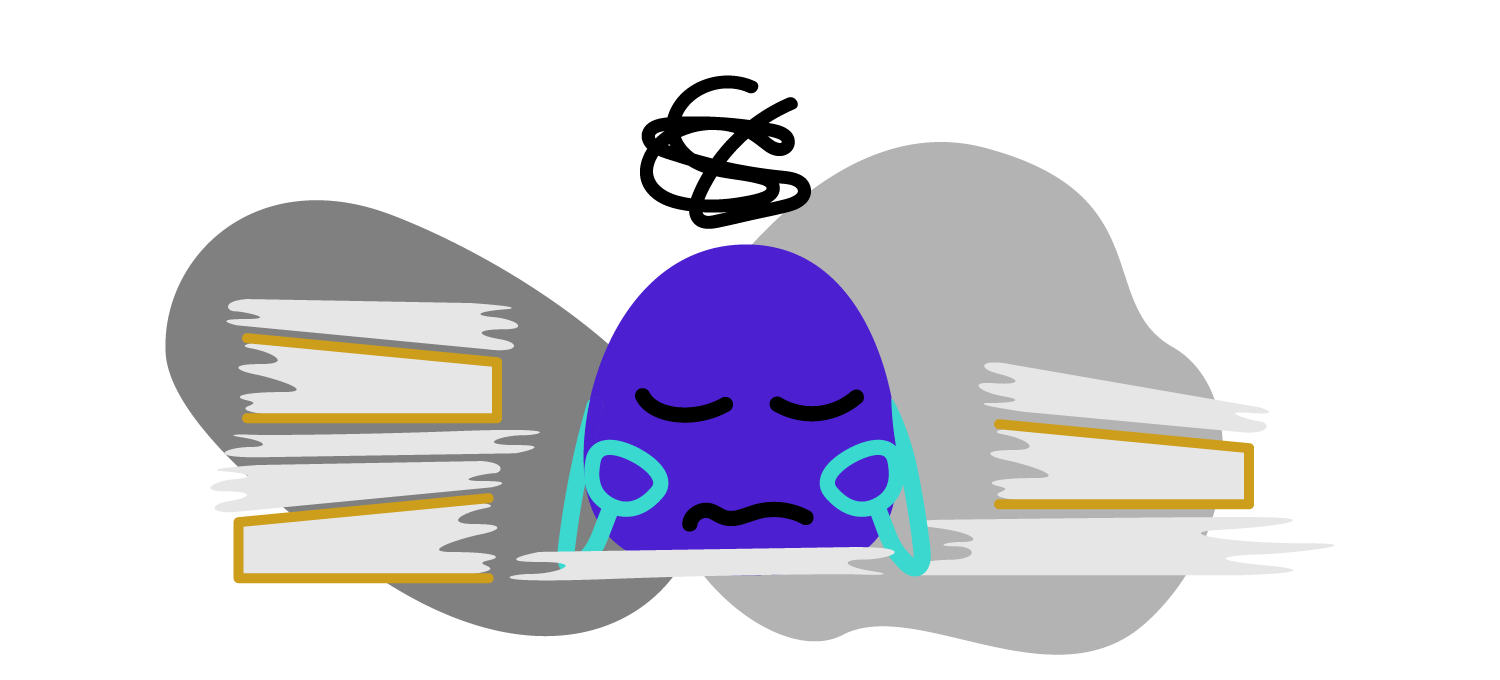What is Burnout Syndrome?
The term “burn out,” which literally translates as “to burn out,” originated in the United States to describe the gradual process of emotional exhaustion of exclusively occupational origin.
In 2019, the WHO (World Health Organization) recognized this syndrome as a disease, and its diagnosis will come into effect from 2022 in all international health bodies. The WHO defines this syndrome as the emotional exhaustion associated with chronic stress at work. To identify the symptoms, three important aspects should be mentioned: depersonalization of tasks, emotional and physical exhaustion, and low performance.
Who is affected and why?
According to some studies, Burnout Syndrome significantly impacts the professional lives of many legal specialists.
The Spanish report “Lawyers Burnout” by the Asociación Humanizando la Justicia on professional burnout and work engagement in the legal profession presents a rather sad situation. Among those surveyed in the report, 63% said they suffered high or very high professional burnout, 29.8% said they suffered medium burnout and 7.2% said they suffered low burnout.
Some of the reasons identified are: excessive workload, adverse work environment, toxic coworkers or bosses, lack of recognition and motivation at work and any other situation that causes frustration or job dissatisfaction. These are the main factors that manifest themselves and affect different spheres of life: causing physical symptoms (fatigue, exhaustion, insomnia, nutritional disorders, etc.), altering behaviors and attitudes (drug addiction, abuse of anxiolytics, aggressiveness, lack of concentration, etc.), or triggering emotional problems and social imbalances, such as the neglect of personal life and leisure.
The survey results show a significant percentage of professionals with job burnout (15%), particularly high levels of burnout (63%) and cynicism (56.7%), and a low level of effectiveness (24%).
How to avoid it?
Among the many reasons named as decisive factors in provoking the Burnout process, the long working days that seem endless, full of repetitive and not very personalized tasks, stand out. Law firms and law firms have been looking for a solution for some time, and it has finally arrived.
In addition to improving daily habits in order to lead a healthier life that allows us to separate the personal and professional spheres, such as a good diet, frequent exercise, or dedicating time to our hobbies and the development of social skills, the application of technology at work can also be a key element to improve working conditions and avoid stress and anxiety problems.
How does digitization help?
The digitization of processes can radically change the way legal professionals experience their work. For those who spend their time and energy dealing with the problems of other human beings, automation and the use of technology can be great allies. Productivity tools, such as Bounsel, allow you to set up processes so you don’t have to repeat tasks endlessly, collaborate efficiently with your team and have all your documents in a single platform.
In short, technology and the application of new work methods that encourage team communication and avoid falling into monotony lead to an increase in efficiency and productivity and, therefore, improve the employee’s self-confidence and well-being in your professional activity.
Forget the feeling of being overwhelmed by the workload or lacking personal fulfillment and automate your processes.











